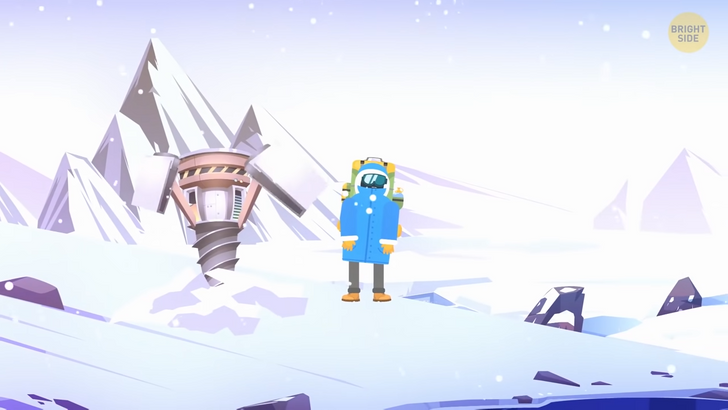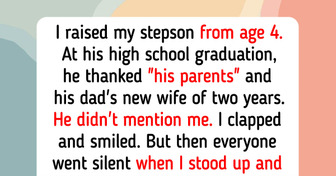20 Times Kindness Won the Argument Without Saying a Word

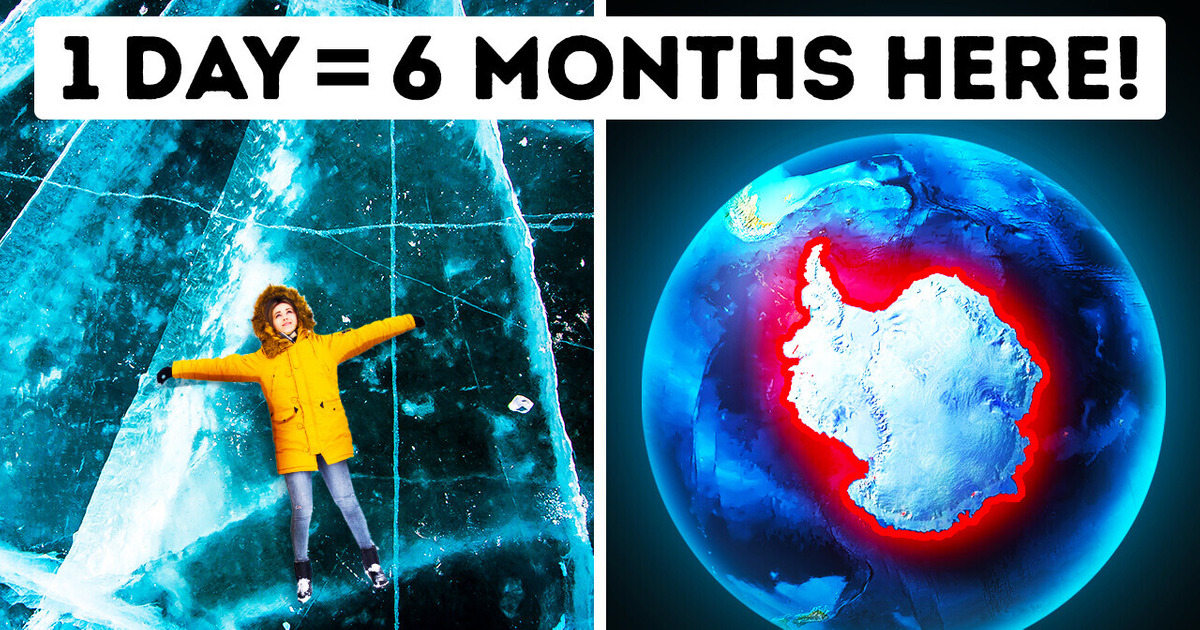
As you take your first step off the plane, an eager crowd of Emperor penguins surrounds you, pushing and shoving, all wanting your autograph! No wait, it’s worse. You’re hit with a chill like you’ve never felt before. Even though you’re equipped with over 20 [lb (9 kg)] pounds of gear, the icy wind still finds you. The blinding sunlight obscures your view, but it doesn’t help you to warm up at all.
Yup, this is your first day in the South Pole, and it wasn’t easy to get here. You meet your coordinator, ready to begin your new life in the most remote place in the entire world.
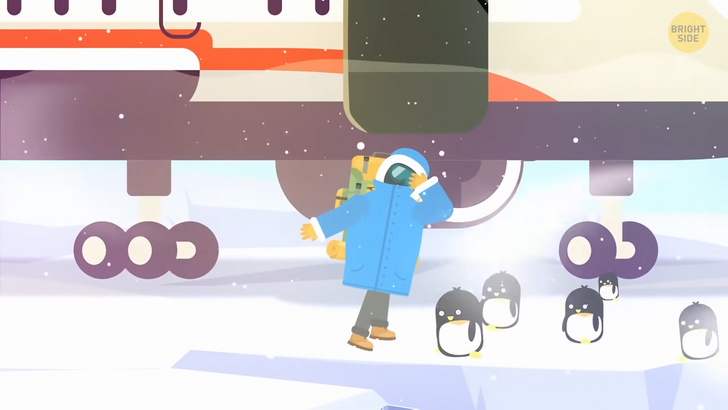
Grabbing your luggage from the plane, you look around at your companions. You all went through the same rigorous physical and psychological testing to prepare you for this uniquely challenging environment. The program had to make sure that you all had what it takes to handle months of isolation, freezing temperatures, and unfamiliar night cycles. The South Pole only has a single sunset and sunrise across an entire year!
This isn’t even mentioning the physical tests you need to pass. Researchers need a clean bill of health when they set off because there’s usually only one doctor on the base.
You hesitate at first, seeing nothing before you but an endless icy desert, but it isn’t long before you notice a large building in the distance. This is the Amundsen-Scott South Pole station. After a long walk through the deep snow, you reach it. One step through the doors and you immediately stop shivering. It’s so warm that everyone is walking around in T-shirts! You almost forget that you are in the coldest place on the planet.
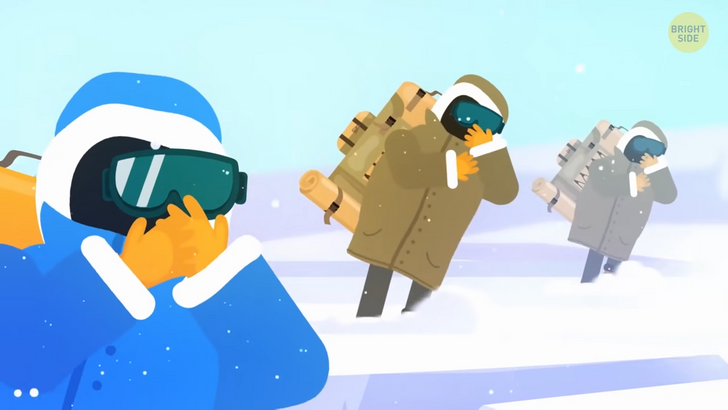
It surprises you to see how many people come to greet you. And they’re not penguins. These researchers are stationed for the entire summer, studying things in the South Pole’s extreme climates.
You’re officially welcomed with an introductory slideshow in the conference room. The basic ground rules can help you in case things go... you know, south. Everything is organized from provisions to waste management. The station recycles everything it can, even different kinds of batteries. Anything that can’t be recycled is sent on a voyage, all the way across the ocean, to a dump in America.
Once you’re finished, the coordinator escorts you to your dorm, the place you’ll call home for the duration of your stay. You’re excited to tell your family and friends how amazing it is at the South Pole and, luckily, the station comes equipped with internet access. As soon as you open up YouTube and click on a video, though, you’re greeted with a buffering sign. The lack of satellites over Antarctica means that you’ll need to get used to slow internet for a while!

From your window, you can see the snowscape spreading out before you. Unlike the area around the coast of the continent, the South Pole is completely devoid of life. No plants or animals are able to brave the conditions this far inland. Other than the occasional bird blown off course by the wind, the entire area is just a deserted sea of ice. The Amundsen-Scott South Pole station stands alone in this desert.
The base camp needs all kinds of people, so it can survive in the unique environment. Cooks, plumbers, electricians, medics, and other staff are all required to keep things working, so the scientists can do their research. You might be surprised at how nice the living conditions are for all of these workers.
Sure, you’d find the usual research facilities and the laboratories, but there are also many rooms set aside for fun activities. The base has its own basketball court, where different departments can regularly compete. There are even whole rooms set aside for music and arts! Most importantly, there’s a dentist who can make sure your teeth aren’t damaged from all that chattering!

Let’s not forget the cafeteria that serves dishes from all over the world. Craving a delicious green salad? Then you head down to the internal greenhouse to pick some fresh fruits and veggies. You’ll find tomatoes, avocados, lettuce, and even tropical fruits. The greenhouse might also be the most humid place on the entire continent. Amazingly, it’s so effective that it can produce around 20 [lb (9 kg)] pounds of goodies per week!
There won’t be any water shortages either — the base is planted on an almost infinite supply of freshwater. The crew simply feed the Antarctic ice into their specially designed generators that melt and filter it into clean drinking water. If the stress of the extreme climate ever gets to you, you can just hop into the sauna. Detoxing in the South Pole is a one of a kind experience.
Now that you’re familiar with the facilities, and can get around with ease, it’s time to work. The base is mainly dedicated to astronomy because the crystal clear Antarctic sky allows researchers to capture amazing images of space. Antarctica is perfect for these pictures because it’s the driest place on earth. There’s almost no water vapor in the atmosphere.
You’re here for another reason, though. The station is also used to study volcanic activity. Scientists have discovered 91 volcanos buried underneath the Antarctic ice sheet, and it’s your job to collect samples from one of them!
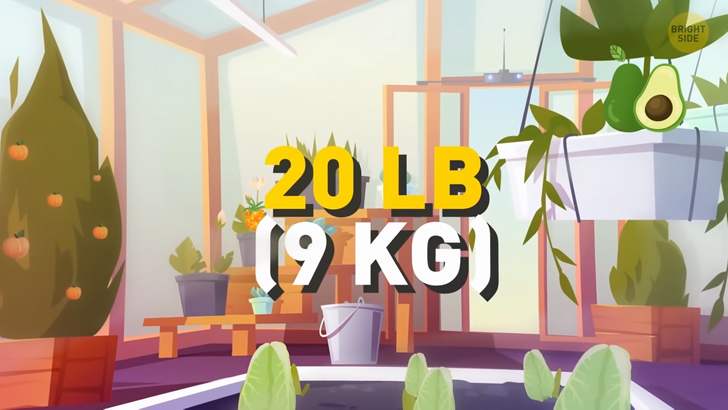
Back out into the frigid cold, your teeth begin to chatter again. Luckily, this is nowhere near as bad as the lowest temperature ever recorded here. The South Pole has been as cold as −120 °F [(-85 °C)] — that’s so cold that if you threw a glass of boiling water into the air, it would turn to ice before it hit the ground!
It would be almost impossible to even leave the station at that temperature. The warmest the South Pole has ever been was 10 °F [(-12 °C)], and that was at the peak of summer! As you approach the digging site, you start to notice changes in scenery. There are hilltops and steep ledges all around. As you got closer to the coast, you began to see more animal life. You can even see a colony of penguins out in the distance!
You scout the area around the site, perhaps expecting to see an enormous mountain, spewing lava from its tip. In fact, there’s nothing in sight at all. That’s because the volcano is right beneath your feet! It’s part of the enormous landmass below the ice that the continent is famous for.

Antarctica might just look like a giant field of ice, but there’s actually a huge continent underneath. That means that it has volcanos, mountains, and valleys, like any other continent. Scientists have recently discovered that the Antarctic landmass has the lowest point on the planet, as well as huge mountain ranges.
If any of the numerous volcanoes were to erupt, it would melt a huge part of the surface ice and increase the spill of ice into the ocean. The sea level would rise and flood coastal areas around the world. The ocean waters would also be disrupted, putting marine life at risk. You can count yourself lucky, though. All of these volcanos are dormant at the moment, so you can begin your work.
You begin to unpack your equipment and start digging. You and your team set up a small tent to try to stay warm while you monitor the progress on some portable screens. Your stomach rumbles and your team rummage for the sandwiches they brought with them. There was no need to carry them in a cooler for obvious reasons! Smelling the food, Antarctic birds begin to circle above you as you eat.
As you lay down to sleep, your 3 layers of clothes begin to feel like nothing more than a T-shirt. You put even more on and zip the tent up, so you can finally get some rest. Strong wind buffets the tent, and you think you hear a growling outside. You panic, but then you remember that there are no polar bears in Antarctica. In fact, there are no large predators at all, so you can sleep easy.
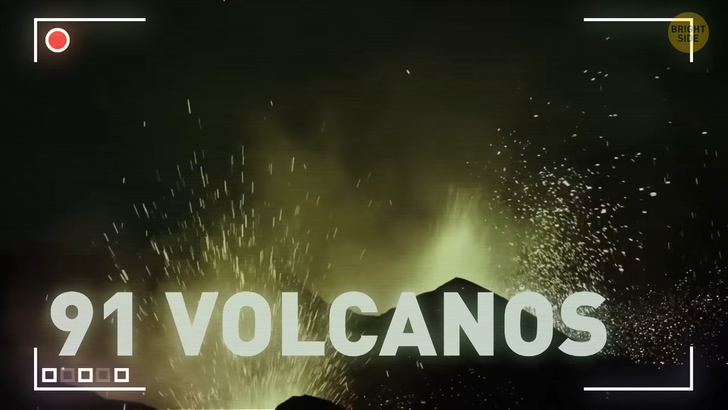
You wake up, and the sky looks the same as it did all night. Each day lasts 6 months on this continent! Your work is done, so you can pack up and begin the long journey back to the station. Hours later, you get back to the more familiar flatlands of the South Pole and, eventually, the warmth of the research station.
Your first few days on the station were a great success. You might have helped us to understand just a little bit more about this mysterious continent. There are sure to be many more surprises hidden underneath the ice sheet, though. Who knows what we might find in the future.
